On the whole, Capcom’s long-lived and much-beloved Monster Hunter series hasn’t changed as much over the years as many other franchises have. Nonetheless, Monster Hunter: World, the newest entry, is different enough from its predecessors that some gamers find it hard to go back and forth between them.
Here are six of the biggest differences between World and Generations Ultimate, from the perspective of the latter.
No Training Room
World streamlined and simplified many of Monster Hunter‘s more antiquated mechanics, and that’s a good thing. One of the most useful additions in World is the training room, where you can practice complicated and sometimes awkward weapon combos in safety.
In GU, you’re out of luck. If you’re not already intimately familiar with a weapon’s moves and timing, have fun dying thirty-eight times on the simplest hunts before you start to kind of know what you’re doing.
If you haven’t played either game yet, it’s important to know that combat is in many ways more difficult than in many other third-person action games. There are 14 different weapon classes, and they all have different combos, different timing, and perform superbly against some kinds of monsters while being hilariously ineffective against others. It’s almost impossible to pick one weapon class and stick with it forever; to be truly effective, you’ll need to master several of them, and having to practice during a mission just flat-out sucks.
In short, a game being more difficult doesn’t always make it better; exactly how it’s difficult (and to what end) matters. Come on, GU, let us practice a bit.
No Changing Gear Mid-Mission
In World, enemy weaknesses and resistances are somewhat more forgiving, in the sense that you can still use a fire weapon to take down an enemy that mostly resists fire—it will just take longer. Only when a monster is completely immune to an element or status effect will you notice truly enormous reductions in your effectiveness.
Nonetheless, if you’re interested in doing multi-monster hunts efficiently, you’ll probably want to duck into your tent at camp to change equipment now and then. GU permits no such tomfoolery. The gear you select in the mission prep phase is what you get—no additions or substitutions. You’d better research the frickin’ heck out of your target and make sure you have all of the most appropriate gear before heading out, or you’ll more than likely end up staring at a “Quest Failed” screen.
Needless to say, this can make multi-monster hunts quite tricky.
Palicos are Way Different (and Better)
In World, you get one personal Palico (a cat companion) at character creation, and they can’t be changed later, so you’d better make it purrfect. Your single furry friend will follow you everywhere as long as you’re hunting alone or with only one other person, but will vanish in parties of three or four. Depending on what gear you give them, they’ll support you in combat with abilities that range from barely to moderately useful.

Not only does GU let you hire multiple Palicos at once, you can even play as one! Player-controlled kitties can’t do certain things during multiplayer matches, like mine for ore or use some items, but they still offer excellent support. When hunting solo, your A.I. feline friends are more versatile; whereas World limits them to a single gadget, and therefore a single ability, GU Palicos can do a lot more without having to shuffle their gear around.
Hunter Arts and Styles Add Both Difficulty and Versatility
In World, any two players wielding charge blades have access to the same moves and the same basic tactical options—not so in GU. In that game, you can further customize your hunter with Arts and Styles, which are essentially special moves and stances, respectively.
Both Arts and Styles vary depending on the gear you choose to equip. Arts are mostly straightforward: you fill a meter under certain conditions (usually by dealing damage), and when it’s full you can unleash some sort of super-move or useful support ability.
Styles are a bit more complicated. Some Styles radically alter the combos and timing of most weapons, usually offering superior performance at the cost of demanding more skill from the user. What’s more, Styles also have significant impacts on how your Arts can be used.
There is a “default” Style which doesn’t change much of anything, but to master any of the others, expect to put in a lot of time and effort.
Get Ready to be Annoyed by Loading Screens
One of the great things about World is the fact that each map is one seamless area; once you’ve loaded into a mission or expedition, you won’t see another loading screen until you leave.
The area maps in GU are split into separate zones, sometimes upwards of a dozen of them. You’ll have to endure brief load times each time you change zones, which also respawns minor enemies in the area. Usually, this is little more than a trivial annoyance, but it can occasionally cause bigger problems.
On more than one occasion while playing GU, I found myself happily wailing on a target monster, ready to close in for the killing blow, only to dodge roll out of reach of its jaws and right into a different map zone. Because monsters can still move around while you’re waiting on a loading screen, your fleeing target might have gained a considerable lead—or even managed to partially heal itself—by the time you catch up.
You can try to keep battles away from zone borders, but combat is chaotic, and that isn’t always possible.
G-Rank Hunts are Ridiculous
Perhaps you’ve taken on some of the newer Arch-Tempered monsters in World and you’re of the opinion that they’re quite difficult.
Oh, you sweet summer child.
Some of the beasts in World can indeed be tricky, even downright tough, but none (yet) rival the sheer brutal torture of some of the G-rank hunts in GU.
Take G-rank Alatreon, for instance. Reddit and many other popular MH forums are flooded with posts asking for advice about this cantankerous lava dragon. I personally haven’t fought him yet, but I’ve gone up against some of the worst of the worst in older MH games, so I don’t take it lightly when series veterans say they hate this guy with a passion.
I have taken down every monster currently available in World, and in terms of sheer difficulty, there’s really no apples-to-apples comparison between the toughest hunts in both games. I have to be in a certain mood to fire up a G-rank hunt; it’s much easier to convince me to hop into any of World‘s hardest missions, and I’m not ashamed to admit it.
—
There’s no denying that Monster Hunter: World changed a lot about the classic formula. Some of the changes are great (and long overdue), while others can be argued to have “dumbed down” the more hardcore elements of the series that some longtime fans prefer.
Monster Hunter: World and Monster Hunter: Generations Unlimited are both great games (and we’ve got guides aplenty for both, if you could use a hand; they share the same tag in GameSkinny’s guide archives). Each will appeal to different crowds, but both deserve recognition.

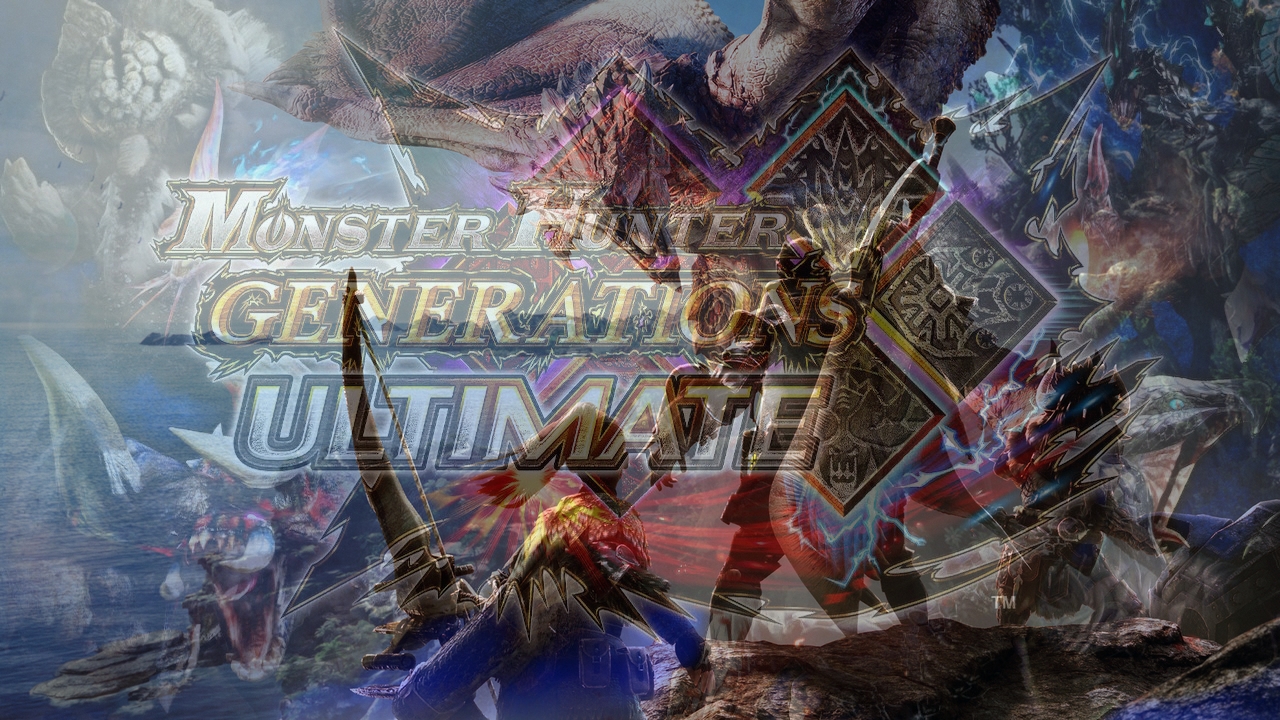

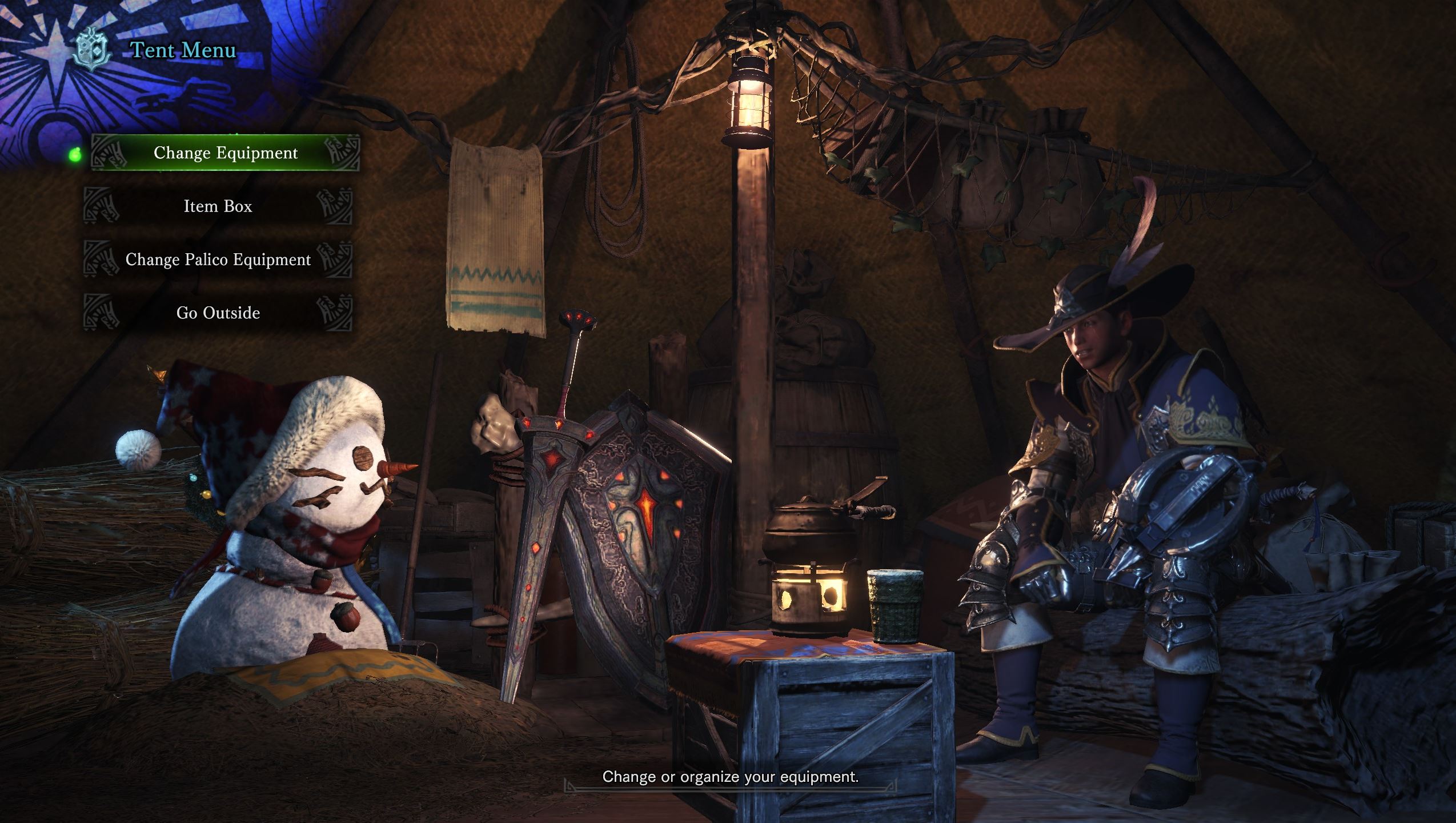

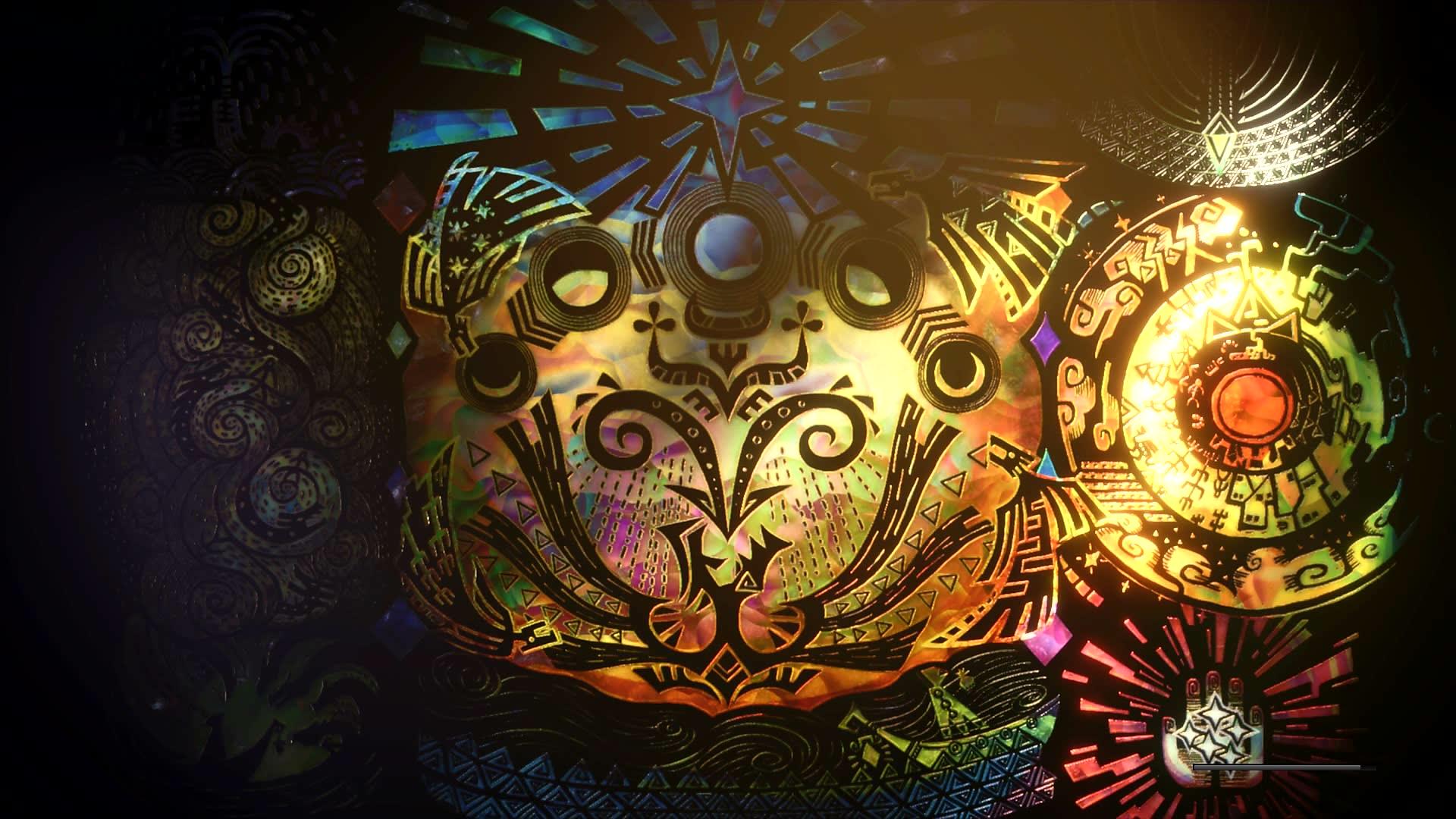

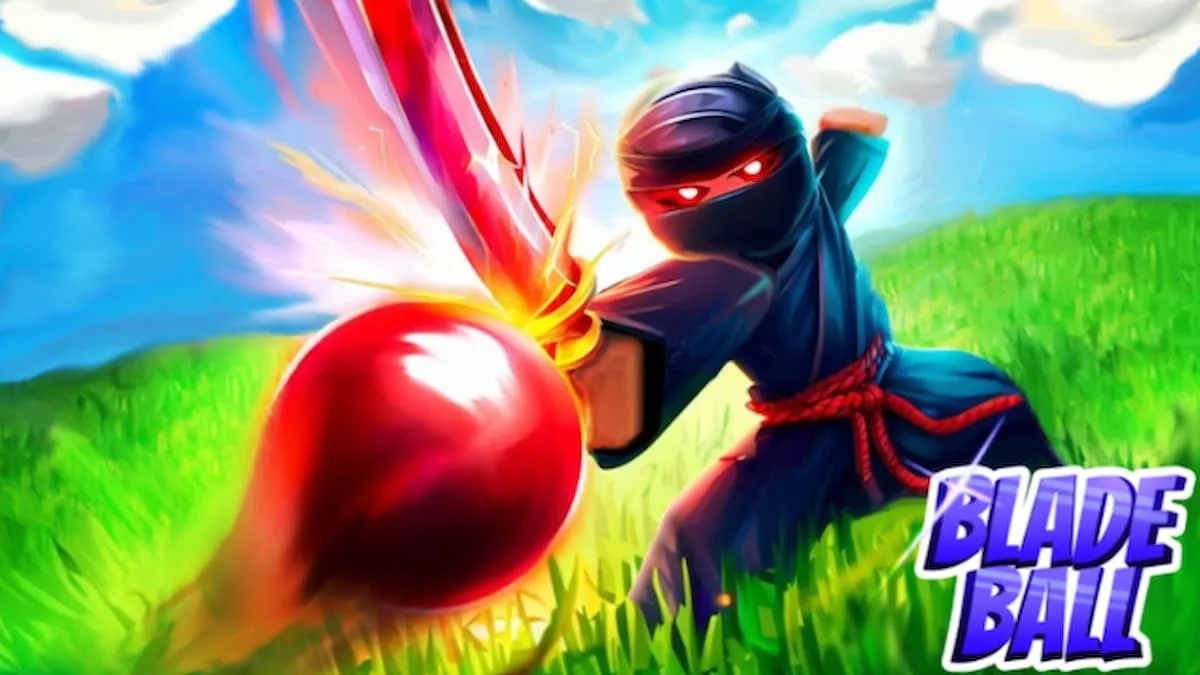
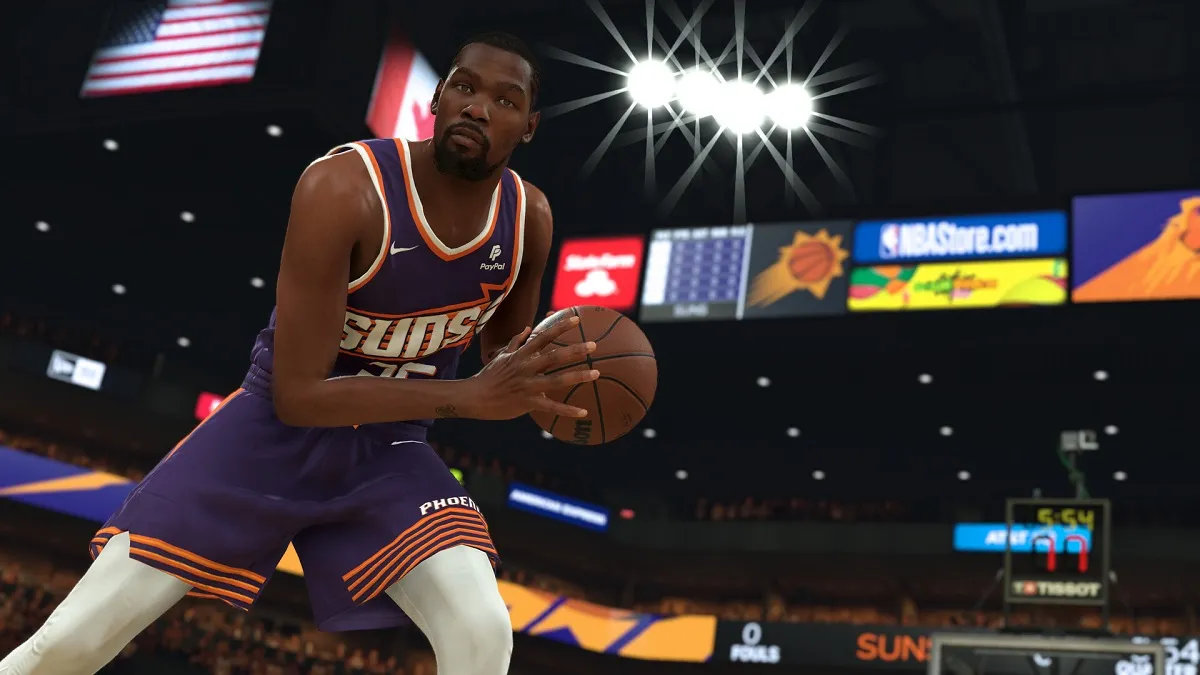



Published: Dec 17, 2018 03:17 pm